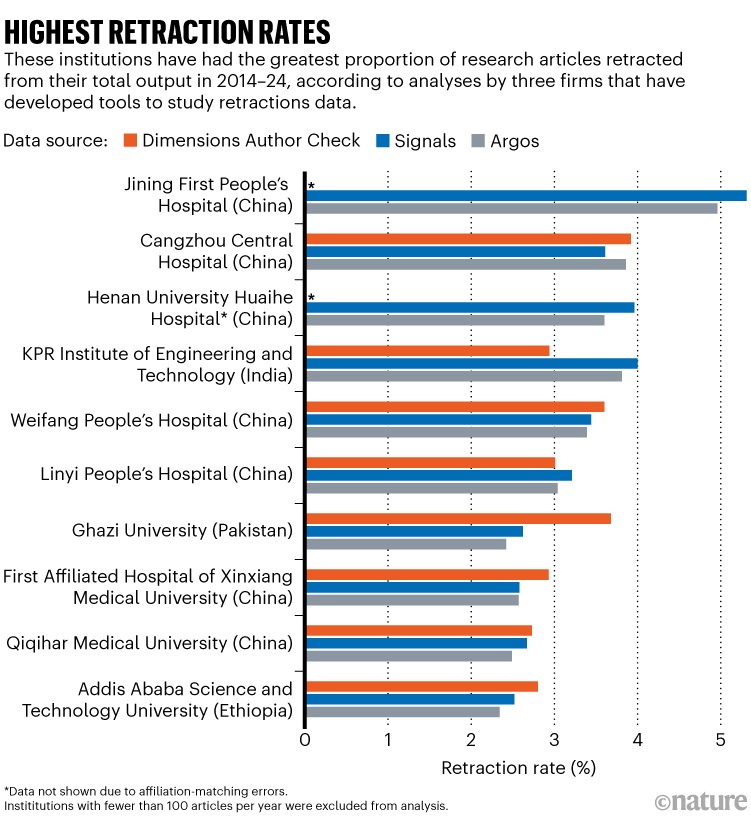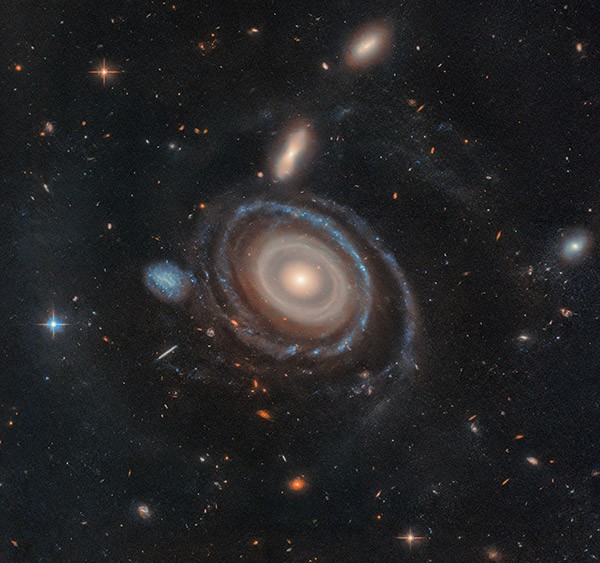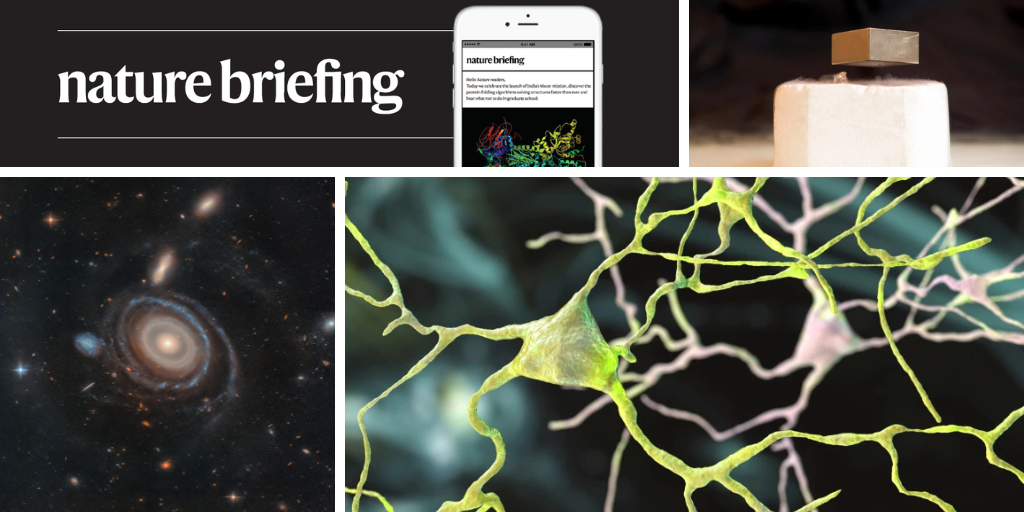Hello Nature readers, would you like to get this Briefing in your inbox free every day? Sign up here.

Superconductors would make make many technologies radically more efficient.Credit: Patrick Gaillardin/Look At Sciences/SPL
Physicists have observed the key hallmarks of superconductivity in a thin film of crystals of nickel oxide, which they grew in the laboratory, at room pressure and a relatively high temperature of 45 kelvin (–228 °C). These crystals now join two groups of ceramics as ‘unconventional superconductors’ that can operate without being squeezed under pressure and at temperatures well above absolute zero. This new data point could be a step towards creating superconducting materials that work under ambient conditions, which would make technologies such as magnetic resonance imaging much cheaper and more efficient.
Scientists have found two ‘dials’ in the brain that help to explain how chronic stress hijacks decision-making in mice. In a study, hungry mice were taught to push a lever to receive tasty pellets. Once they’d been fed, mice exposed to mild stressors continued to push the lever, but unstressed mice didn’t bother much. The team traced these behaviours to two pathways leading from the brain region called the amygdala to another called the striatum. One was only active in unstressed mice, hinting that it enables flexible decision-making and is dampened by prolonged stress. The second was only active in stressed mice, suggesting that it promotes reliance on habit.
Dogs blink more often when they see another dog blink, which could suggest the behaviour plays a role in their communication. Researchers showed 57 adult dogs clips of other dogs blinking, staring ahead, or licking their noses. Some dogs found this exercise boring and fell asleep, but the ones that stayed awake blinked 16% more on average when they watched clips that included blinking. The behaviour might not be a conscious choice, but “could be a way, for example, to signal, ‘I’m relaxed, and you can be, too’”, says ethologist Martina Francesconi.
Reference: Royal Society Open Science paper
Features & opinion
Nature’s first-of-its-kind analysis reveals the institutions that have the highest retraction rates of scientific articles worldwide. Jining First People’s Hospital in China tops the charts at more than 100 papers retracted from 2014-2024 — 50 times the global average — with institutes from Saudi Arabia, India and Pakistan also featuring in the data, which includes lists of universities with the most retractions. Retraction data alone can’t act as an absolute indication of the countries, fields or institutions associated with low-quality work. However, this kind of analysis “could lead to some positive action” if institutions respond by examining what is leading to the patterns, says integrity sleuth Dorothy Bishop.

Source: Nature analysis
Many countries are as ill equipped to cope with an emerging infectious disease now as they were five years ago, and will be caught flat-footed when the next pandemic strikes if they don’t take swift action to increase preparedness, says a Nature editorial. As public-health measures are being rolled back in the United States, and efforts to boost vaccine equity worldwide have stalled, we must hold on to the urgency of 2020. “The more time passes, the harder it will be to prioritize pandemic preparations,” the editorial argues. “Do not let history be forgotten.”
With expert knowledge, and a keen eye for a reliable source, scientists make for great Wikipedia editors. “Wikipedia to me is particularly exciting because it spans partisan divides,” says physicist Jess Wade. “From an information-sharing perspective, there’s very few places like that any more.” Discussing edits to a Wikipedia page is akin to the peer-review process for an academic paper, Wade notes, and can contribute to research culture while serving as useful science-communication practice. “If you have skills to offer, this is a place where your skills will be valued,” says biologist and Wikimedia Foundation Trustee Victoria Doronina.
Image of the week

Using the Hubble Space Telescope, NASA scientists captured the galaxy LEDA 1313424 surrounded by nine rings of stars — six more than any other known galaxy. The team nicknamed it ‘Bullseye’ because a smaller galaxy (the blue patch centre-left) shot through it like an ‘arrow’, creating the rings like the ripples a stone makes in a pond. (NASA | 5 min read) (NASA, ESA, Imad Pasha (Yale), Pieter van Dokkum (Yale))
Today, I’ve decided to take up a musical instrument. To help me choose which one, I’m keeping an eye on the finalists in the 2025 Guthman Musical Instrument Competition, which searches for the best new inventions in music. Maybe I’ll become a Chromaplane virtuoso, or better yet, join the Dinosaur Choir.
Help us keep this newsletter in tune by sending your feedback to [email protected].
Thanks for reading,
Jacob Smith, associate editor, Nature Briefing
Want more? Sign up to our other free Nature Briefing newsletters:
• Nature Briefing: Careers — insights, advice and award-winning journalism to help you optimize your working life
• Nature Briefing: Microbiology — the most abundant living entities on our planet — microorganisms — and the role they play in health, the environment and food systems
• Nature Briefing: Anthropocene — climate change, biodiversity, sustainability and geoengineering
• Nature Briefing: AI & Robotics — 100% written by humans, of course
• Nature Briefing: Cancer — a weekly newsletter written with cancer researchers in mind
• Nature Briefing: Translational Research — covers biotechnology, drug discovery and pharma


